Tuk-tuk is a typical taxi in Thailand and can be seen in various Asian countries.
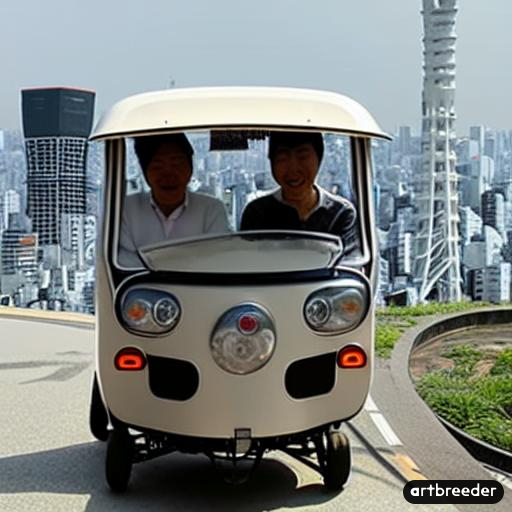
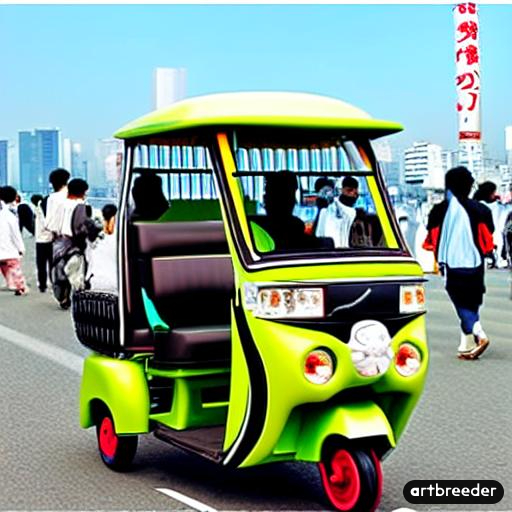
Tuk-tuks are a type of taxi that are different from conventional taxis, as they are small three-wheeled or four-wheeled vehicles with a driver sitting beside the passenger seat and the passengers sitting on the back seat.
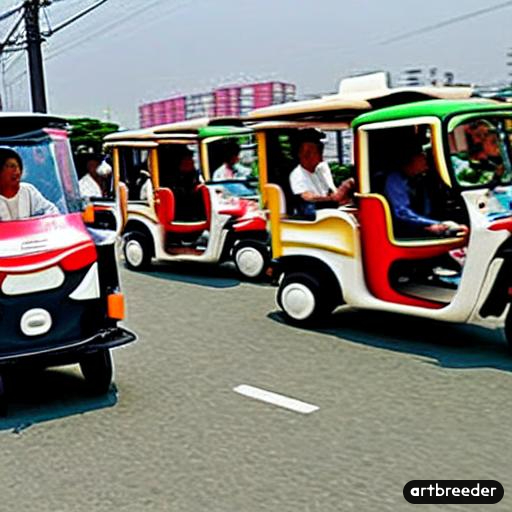

I have created an imaginary image based on the phrase “Tokyo’s Tuk-Tuk running in 2050”.
2050年 走る東京のトゥクトゥク
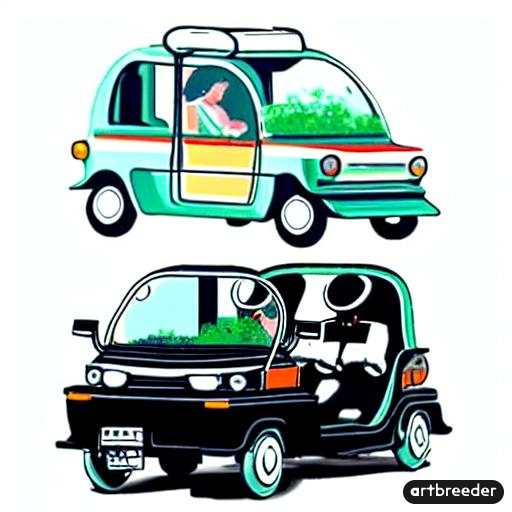
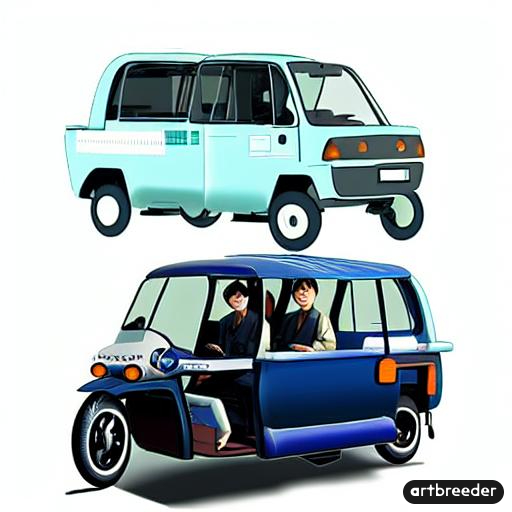
Tuk-tuks are small three-wheeled or four-wheeled vehicles commonly used as taxis in various Asian countries, and their origin has several theories, one of which is based on the Daihatsu Midget.
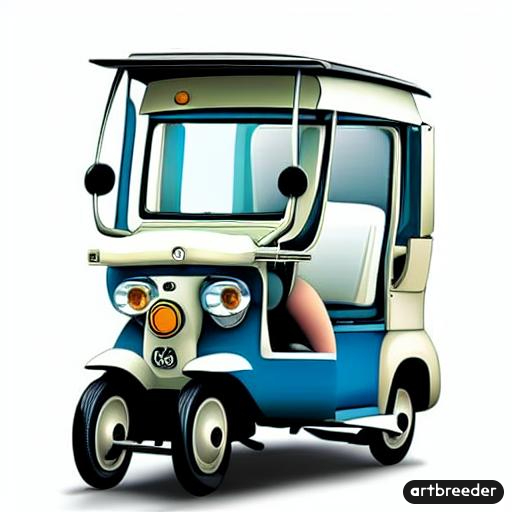

The Daihatsu Midget was a light truck produced by the Japanese automaker Daihatsu from 1957 to 1974. It was highly regarded for its small and lightweight body and reliability, and became popular around the world.
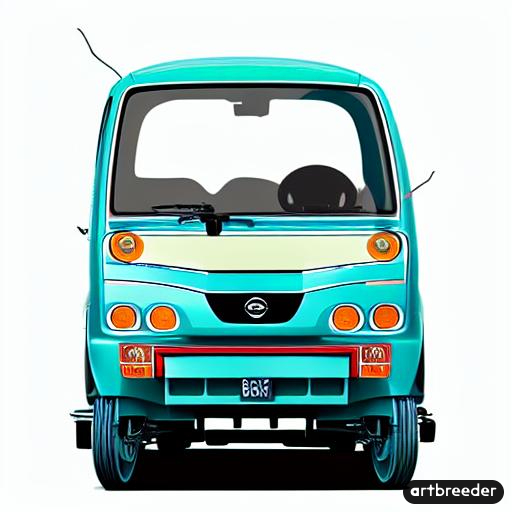
Especially in Asia, it was also used as a commercial vehicle such as a taxi due to its maneuverability and good fuel efficiency.
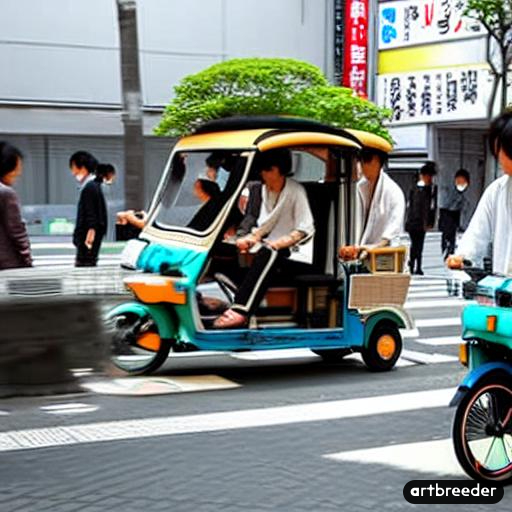
In Thailand, a small taxi was created by modifying the Daihatsu Midget, combining the driver’s seat and rear seat, and removing the roof for better ventilation.
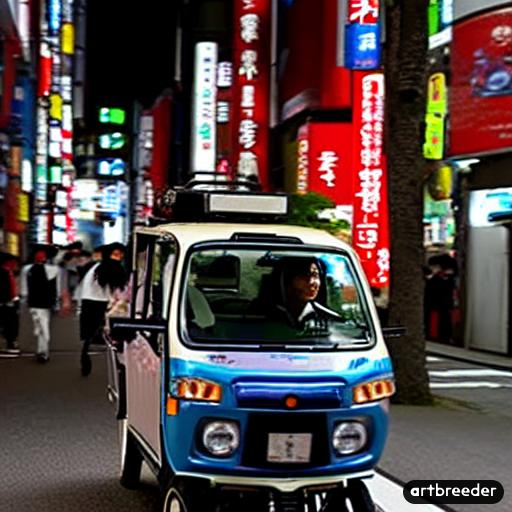

Tuk-tuks are popular, especially in cities and tourist destinations with heavy traffic.
This became the prototype of the Tuk-tuk. Some Tuk-tuks still use Daihatsu Midget engines or parts today.


They can smoothly navigate through narrow alleys and streets due to their small size and are relatively inexpensive, making them a popular choice for both tourists and locals.
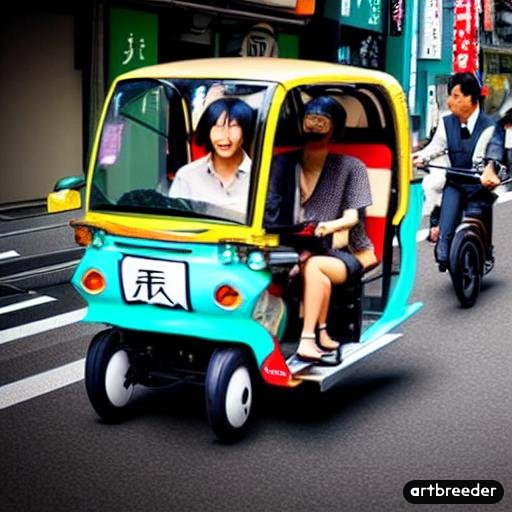
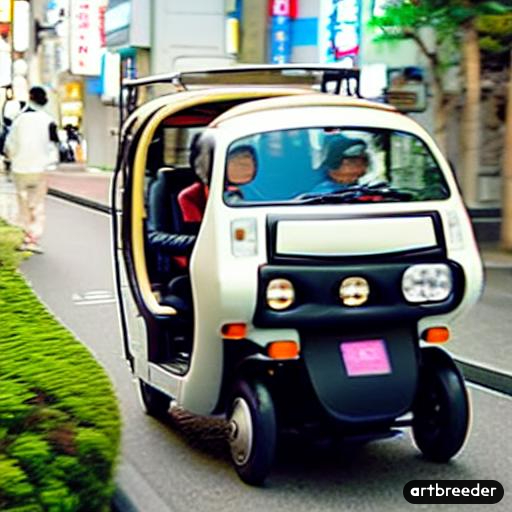
Some tuk-tuks are modified models with music and colorful lights, giving them a more flashy appearance.


In Tokyo, you can also see Tuk-tuks used as a way to attract customers and offer hospitality.
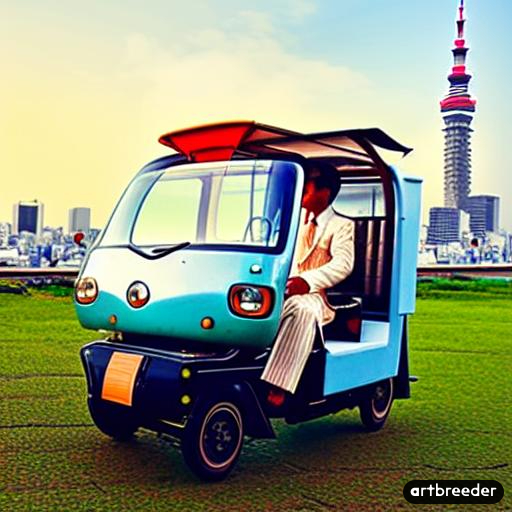
In March 2023, an accident occurred on a national road in Atami City, Shizuoka Prefecture, Japan, involving a three-wheeled vehicle called a Tuk-tuk, which mounted the sidewalk and resulted in three people being killed or injured.
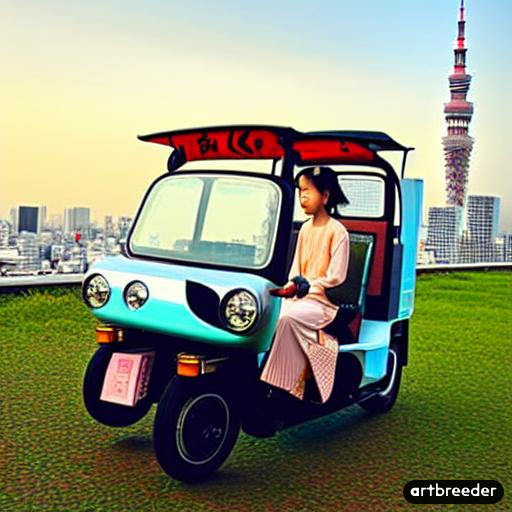
The type of Tuk-tuk that runs in Asian countries may not be well suited for Japan’s transportation situation, but the Tuk-tuk that runs in Japan in the near future is expected to look something like this.
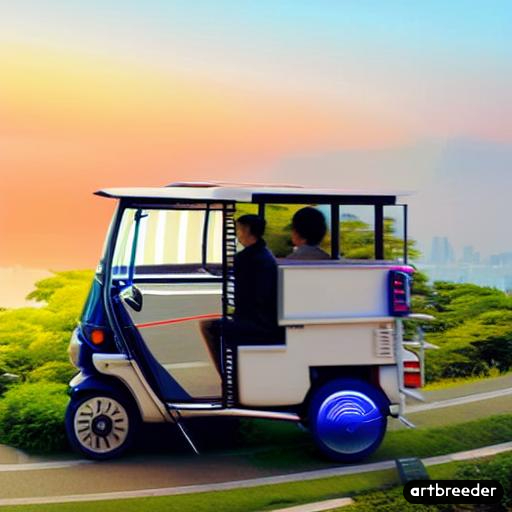
First of all, Japan has very strict traffic rules and prioritizes safety, so there are likely to be many regulations and restrictions for Tuk-tuks to become popular.
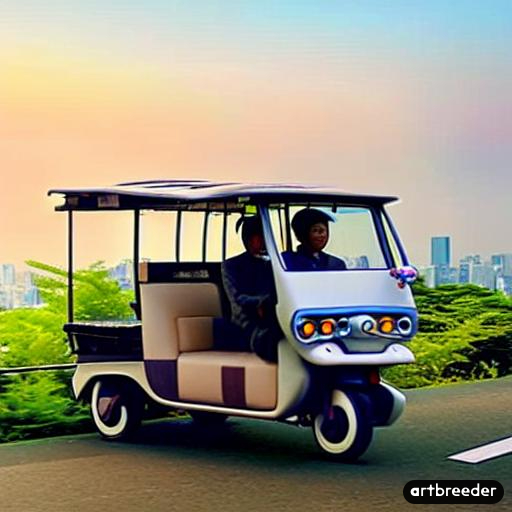
Additionally, measures that are appropriate for Japan’s climate and weather conditions are necessary.

Therefore, if Tuk-tuks become popular in Japan in the future, it is highly likely that vehicles with designs and functions that are more considerate of safety and comfort than the traditional Tuk-tuks that run in Asian countries will appear.
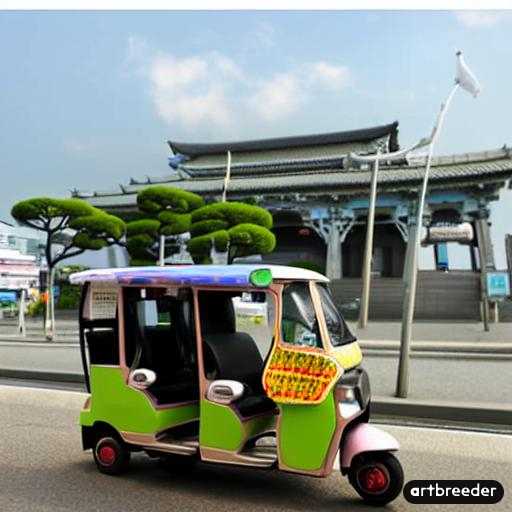
For example, Tuk-tuks that use eco-car technologies such as hybrids or electric vehicles may be developed, which are environmentally friendly and can travel with low fuel consumption, low noise, and low vibration. Additionally, automatic driving and sensor technologies may be utilized to make driving safer.
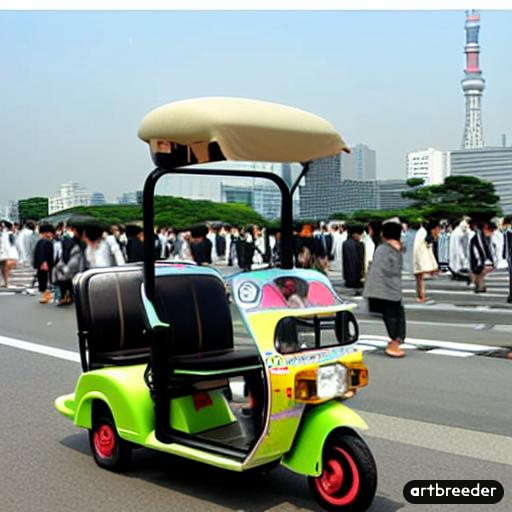
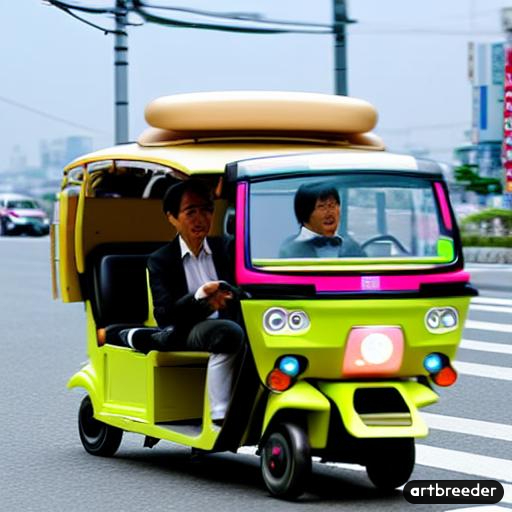
Overall, Tuk-tuks that are suitable for Japan’s transportation situation are likely to be vehicles with more advanced technology and comfort.
